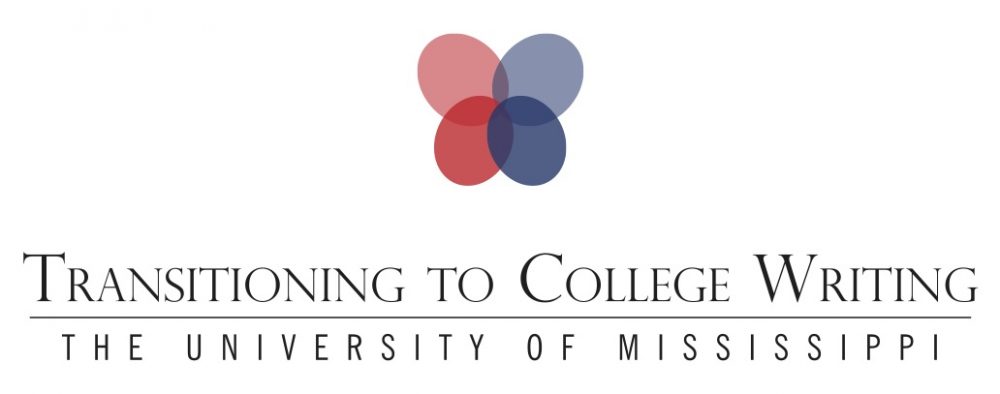Almost all good writing begins with terrible first efforts. You need to start somewhere. Start by getting something – anything – down on paper. A friend of mine says that the first draft is the down draft – you just get it down. The second draft is the up draft – you fix it up. You try to say what you have to say more accurately. And the third draft is the dental draft, where you check every tooth to see if it’s loose or cramped or decayed or, even, God help us, healthy.
– Anne Lamott, “Shitty First Drafts”
As I compose this blog post, I am reminded of a pivotal moment in my writerly development – the moment when I realized that everyone’s first drafts suck, and that it’s okay, and even good, to start with “shitty first drafts” on the way to writing better second and third drafts. It began when I was sitting in the communal grad student office, waiting for my grad student friend Tom, a fellow writing center tutor, to finish up a project so that we could get coffee. I was an undergraduate, so I was awed and intimidated by the word-nerdy lit, comp, and MFA graduate students who shared that large office and discussed ideas that went right over my head. While I waited for him, perched on a couch of dubious cleanliness, he threw a stack of stapled pages onto my lap.
I looked down at the front page, which had a title with at least three words I’d never seen before. “What am I supposed to do with this?”
“Read this for me,” he said, looking down and shuffling more paper on his desk.
I knew there was nothing of value I could offer to Tom – he was more advanced than me; therefore, everything he wrote must be brilliant. I figured that, like the rest of the graduate students, brilliance flowed from his fingertips when he sat down to write. I believed what Anne Lamott calls the “fantasy of the uninitiated.” Despite my protests, he insisted that it would help him if I read it for understanding – if there were places where I had questions or felt confused, chances are, other readers might feel the same way. Dutifully, I read his essay and marked thoughts in the margins, pushing aside the voice inside me that said I couldn’t help someone so far ahead of me, and it turned out that my thoughts were actually useful to Tom – they started a dialogue over coffee that helped him develop his paper.
He thanked me for reading his work and later sent me a copy of Anne Lamott’s essay “Shitty First Drafts,”an essay from her book Bird by Bird. I read it, and it changed my understanding of writing for the better. In brief, amusing, and candid terms, she writes about how everyone’s first draft sucks, and that it’s okay. Those graduate students weren’t bastions of brilliance – they were writers who, like me, sometimes stared at the blinking curser on the screen feeling lost, sometimes both loved and hated writing at the same time, and they ultimately pushed through the tough stuff, using one another as a test-audience to help them think, compose, and communicate.
It is empowering to see, rather that just be told, that writing is a messy, time-consuming process for everyone – even seasoned, accomplished writers. I hope that Tom understood what a gift he was giving me in seeing me as a valuable reader who could help him work through his “shitty first draft.” As a writing teacher and a writing center administrator, I am now in a position to mentor many developing writers. I try to pass the message on to them in deed as well as in word – I write when my students write, and I share my writing challenges with them so that they understand that even people who do this for a living have to work at it, and that’s okay.
I’m excited to talk to you about mentoring writers during the Symposium, so let’s start the conversation here in the blog. I am interested in how you empower your students to see themselves as readers and writers whose thoughts matter. How do you show them that writing is a messy process, and how do you help them make peace with it? What resources do you use? How do you mentor?



